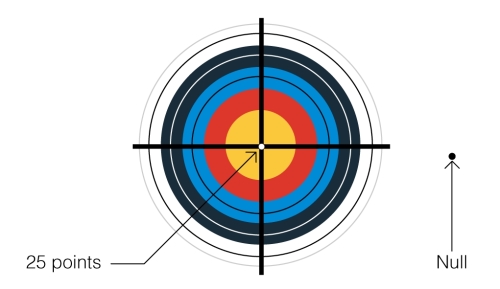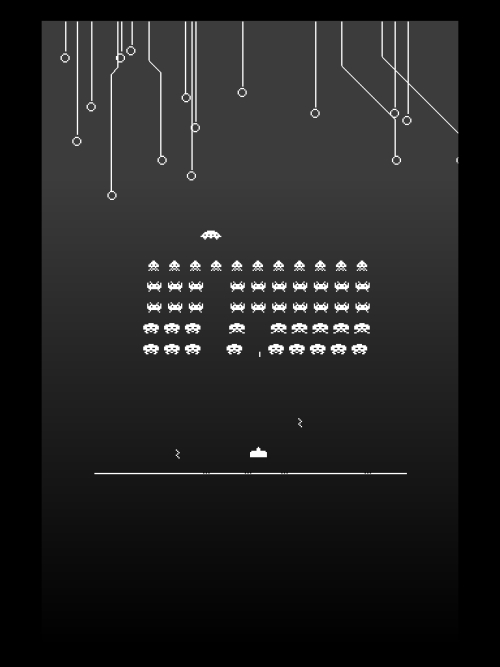The popularity of action games of different subgenres is difficult to underestimate. This is one of the most important genres for the modern game industry. Being mixed with other types of game mechanics such as adventure, puzzles, and RPG, action-oriented titles provide very diverse gameplay styles and experiences. Many complex action games can be considered to be creative and technologically avant-garde because they try to use the most advanced solutions to create very pictorial and alive virtual worlds that players can interact with.
There are two kinds of games that humans have been playing for centuries: the first is card/board amusements or puzzles, and the second is more active games such as sporting competitions of different types. Archery and darts can be easily considered as an early prototype of a shooting game. The main objective is to hit a target, and players get special rewards for their accuracy.

One of the advantages of active games is that the simplicity of rules, goals, and mechanics is pretty visible. No wonder early video game systems mostly tried to recreate common sports games in a digital form rather than puzzles. The list of games for Magnavox Odyssey, which was the very first gaming console for home use introduced in 1972, consisted of titles such as table tennis, baseball, soccer, hockey, and so on. They were easier to develop (of course, in a very minimalistic form), and it was easier to convince the audience to begin playing with them because the gaming principles were familiar. Among them, of course, were shooting games. The console even had a unique accessory called Shooting Gallery. It is a light gun that allows players to hit different objects on the screen of a TV set. What can be easier than just seeing the target and pressing the button! The gameplay featured a very simple logic: players only need to have a good reaction and keen eyes.

The game Space Invaders was successfully ported on iOS by TAITO Corporation
The designers of arcade machines used the same approach. They tried to trace different actions from real life. Besides sporting events, developers were fond of imitating hunting, movie-style dueling, racing, military combat fighting, and so on. As you see, all this was only a way to copy something that was very familiar to the audience. In the beginning, that worked fine, but then people learned that video games can be a more flexible tool. In order to compete better, some creative experiments like Space Invaders, which became a pop culture idol and a symbol of all modern action games, could be performed. This cult product was released in 1978 by Tomohiro Nishikado. It used the principles of shooting games that were already being followed for that period of time, but tried to expand boundaries by telling an original story rather than simply utilizing popular clichés. The trial was rewarded. The game became a huge hit, opening a golden era of arcade entertainment.
Then, action games got larger gaming spaces. They began utilizing the advantages of side-scrolling mechanics. This helped to concentrate on the main characters of these games. From that moment, these characters required a more accurate and detailed visual look, good animation, and interesting plot background. Remember that another core symbol of modern action games, Duke Nukem, was originally the character of a 2D action-platformer game released in 1991 by Apogee Software.
There is a popular misbelief that the first video games with 3D-polygonal graphics were introduced in the 1990s. In reality, the very first example was released in the market a decade earlier. In 1983, Atari published an arcade shooter game called I, Robot. It featured faceted 3D models rather than wire-frame images. Of course, they were very primitive. The geometry was very simple, and there was no texture. The game levels in most cases were made of plain parallelepipeds, but for its time, that was a sensational breakthrough! Just imagine that 3D graphics in the early 1980s was so costly that when director John Carpenter wanted to use a 3D wire-frame animation of a city for his science-fiction movie, Escape from New York (released in 1981), it was not easy to render it on a computer. He simulated CGI by creating a model of the city made of cardboard, plywood, and other materials that were painted black and used reflective tape to imitate 3D-edges.
Nevertheless, the real widespread acceptance of 3D actions was related only with the appearance of first-person shooters in the early 1990s. This process is mainly associated with id Software, the company that started paying maximum attention to 3D engines and games based on them. The evolution of this genre can be seen by the following projects released by the company. Everything started with experiments with mazes and imitation of 3D spaces. Hovertank 3D, which was published in 1991, featured various monsters vaguely resembling those that would later appear in the game series Doom, but level design, story, and gameplay were pretty primitive.
The concept was transformed into a more valuable game, Catacomb 3-D (1991). Few people know that this game could be considered as a role model for all further first-person shooter games, setting some standards of the genre, for instance, the game displayed an arm of the main characters on the screen. The famous title Wolfenstein 3D appeared the following year. It was critically acclaimed and became a commercial hit. This was a signal for the entire industry that a new era had begun! Later, Doom (1993) would be released, and the world would be revolutionized with the introduction of a real 3D engine in Quake (1996). The end of the story is familiar to you. Now, 3D action is one of the most popular and commercially successful game. Being mixed with various other genres, 3D action games provide stories for every taste; so, a very large audience can be covered.
